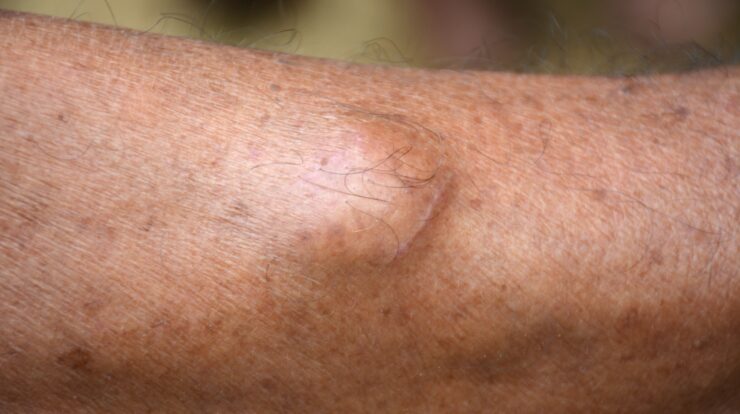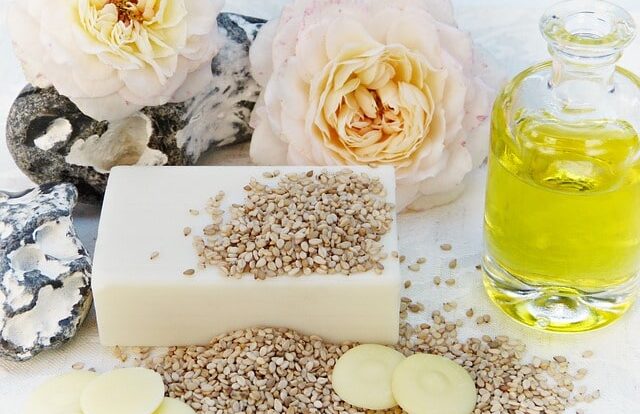Have you ever wondered about the difference between blackberries and boysenberries? As berry lovers, it’s an easy mistake to make. At first glance, they look quite similar. Plump, dark berries with little seeds that stain your fingers and tongue purple. But look a little closer and you’ll discover some key differences that set these two summer favourites apart. If you’ve been casually popping whichever berry looks good at the farmer’s market into your basket, it’s time to become a berry expert. Read on to finally learn how to tell blackberries and boysenberries apart once and for all.
How to Tell Blackberries and Boysenberries Apart
Boysenberries and blackberries may look similar, but there are a few key ways to tell them apart. Blackberries tend to be slightly larger, often over an inch in length, while boysenberries are usually a bit smaller, around % to 1 inch. Blackberries have a more rounded shape, like a plump sphere, whereas boysenberries are longer and more oval. Blackberries get their name from their deep, dark purple colour when ripe. Boysenberries also turn a deep red when fully ripe but often have a distinctive magenta hue.
Also Read > Difference Between Satin Nickel and Brushed Nickel
Blackberries tend to be tarter, with a stronger, tangier flavour. Boysenberries have a sweeter, richer taste with hints of raspberry. Blackberries contain many small seeds that are barely noticeable when eaten. Boysenberries have larger seeds that some people find unpleasant, so boysenberry products like jams, syrups, and wines typically strain out the seeds.
As you can see, while blackberries and boysenberries may be closely related and look quite similar, there are some key distinctions in their size, shape, colour, flavour, and seeds. So next time you come across one of these juicy berries, check for these telltale signs to determine exactly what you’re enjoying!
Where to Find These Berries and How to Eat Them
These delicious berries can be found at farmers’ markets and grocery stores, depending on the season. For blackberries, look for plump, deep purple berries without hulls (the little green cap left on the berry).
Boysenberries have an elongated shape and dark, dull red colour when ripe. Boysenberries may still have part of the hull attached, so look for berries that are fully black and pull away easily from the stem.
Nothing beats the natural flavour of fresh blackberries and boysenberries. Mix them into Greek yoghurt or overnight oats for a quick, healthy breakfast. These berries have lots of natural pectin, so they’re perfect for homemade jam and preserves. A blackberry boysenberry chutney also makes a great glaze for meats like duck or chicken.
Blackberries and boysenberries pair well in savoury salads with nuts or cheeses like goat cheese or feta. Try them in a spinach salad with walnuts and a balsamic vinaigrette. Blackberries and boysenberries shine in many desserts like cobblers, crumbles, tarts, muffins and scones. Fold them into pancake or waffle batter before cooking for a special brunch treat.
Whether eating them fresh or cooking them in delicious dishes, blackberries and boysenberries are summer delicacies worth savouring. With some hunting, you can find these sweet-tart berries and enjoy their wonderful flavour.
Blackberry VS Boysenberry
The blackberry and boysenberry may look quite similar, but there are a few key differences to note.

Blackberry
- The blackberry is native to Europe and parts of Asia.
- Blackberries tend to be larger, shinier, and more evenly shaped than boysenberries.
- Blackberries tend to be sweeter with less tartness.
- Blackberries are more versatile and used in a wider range of baked goods, drinks, and desserts.
- Blackberries typically ripen in early to midsummer, from May through August in the Northern Hemisphere.
Boysenberry
- The boysenberry is a hybrid berry developed in California in the 1920s.
- Boysenberries have an unusual shape with one end that is larger and rounder.
- Boysenberries have a stronger, tangier flavour than the milder blackberry.
- Boysenberries are more commonly used in preserves and syrups due to their naturally tangy flavour.
- Boysenberries usually become available from June through September.
In summary, while quite similar in many ways, several key differences set the blackberry and boysenberry apart. Knowing these distinctions can help you choose the best berries for your needs and enjoy each one at the peak of flavour.






